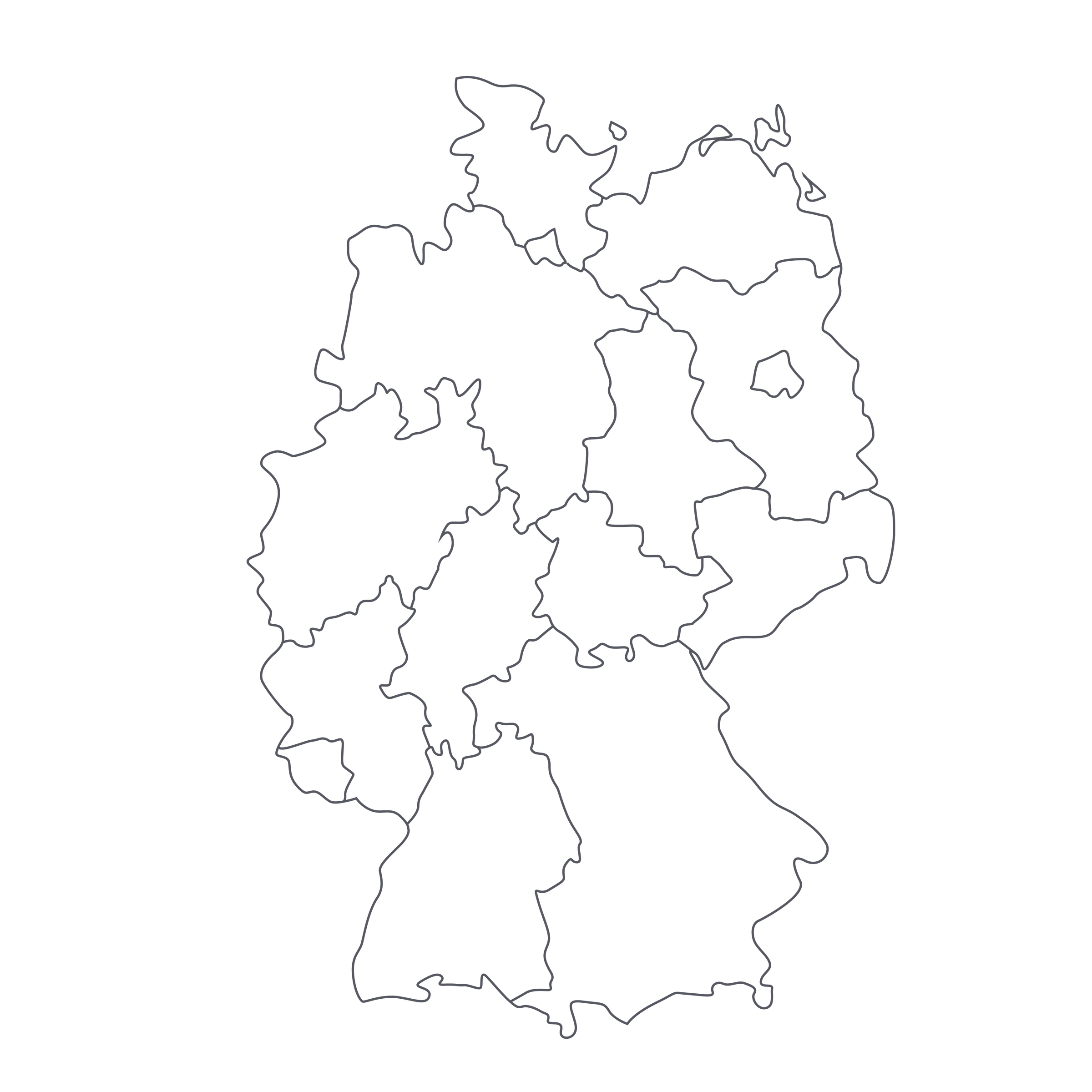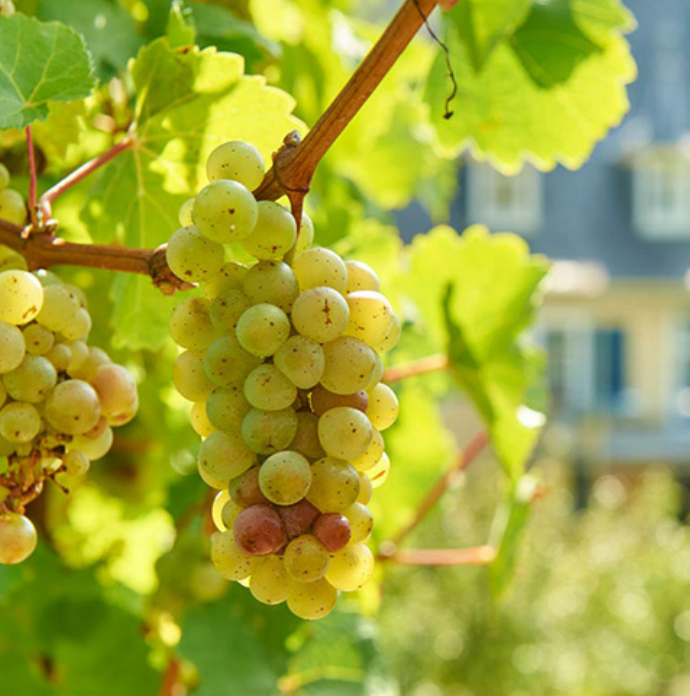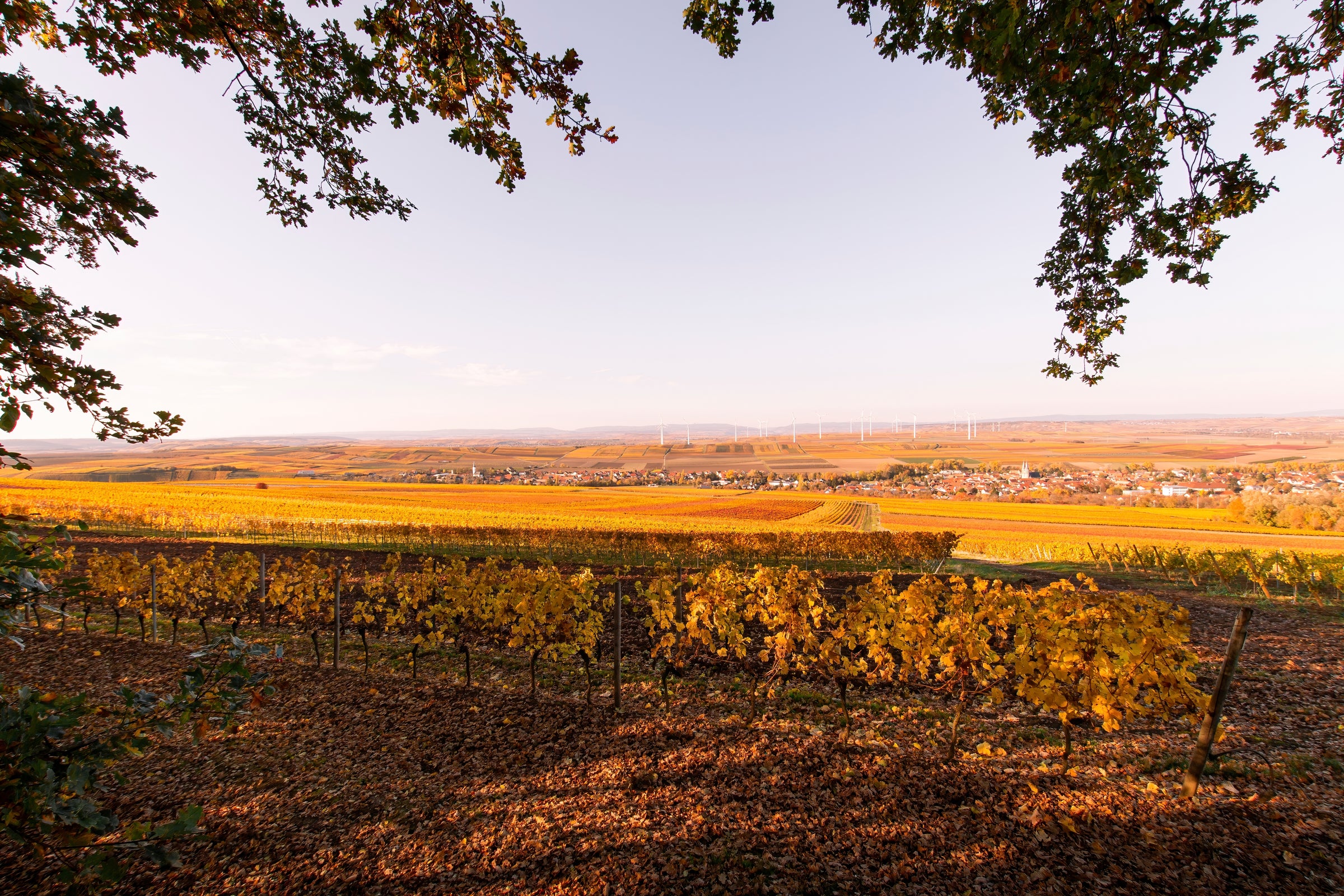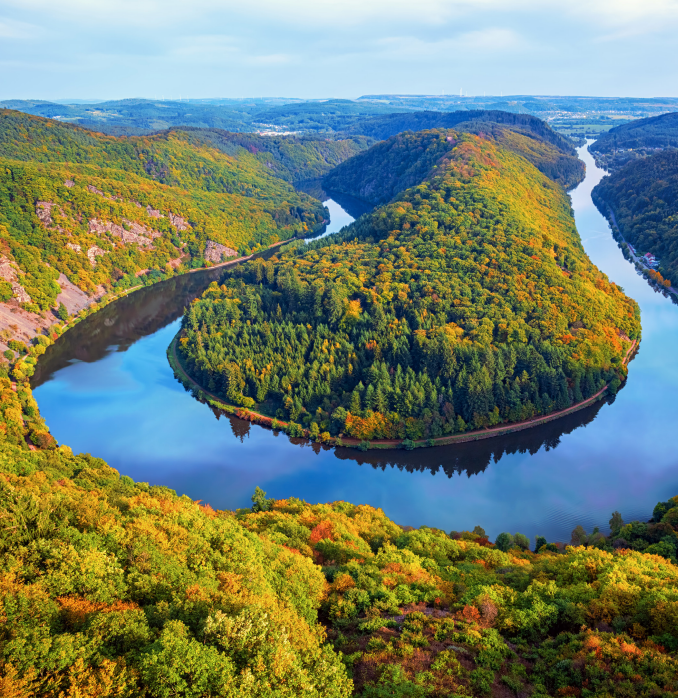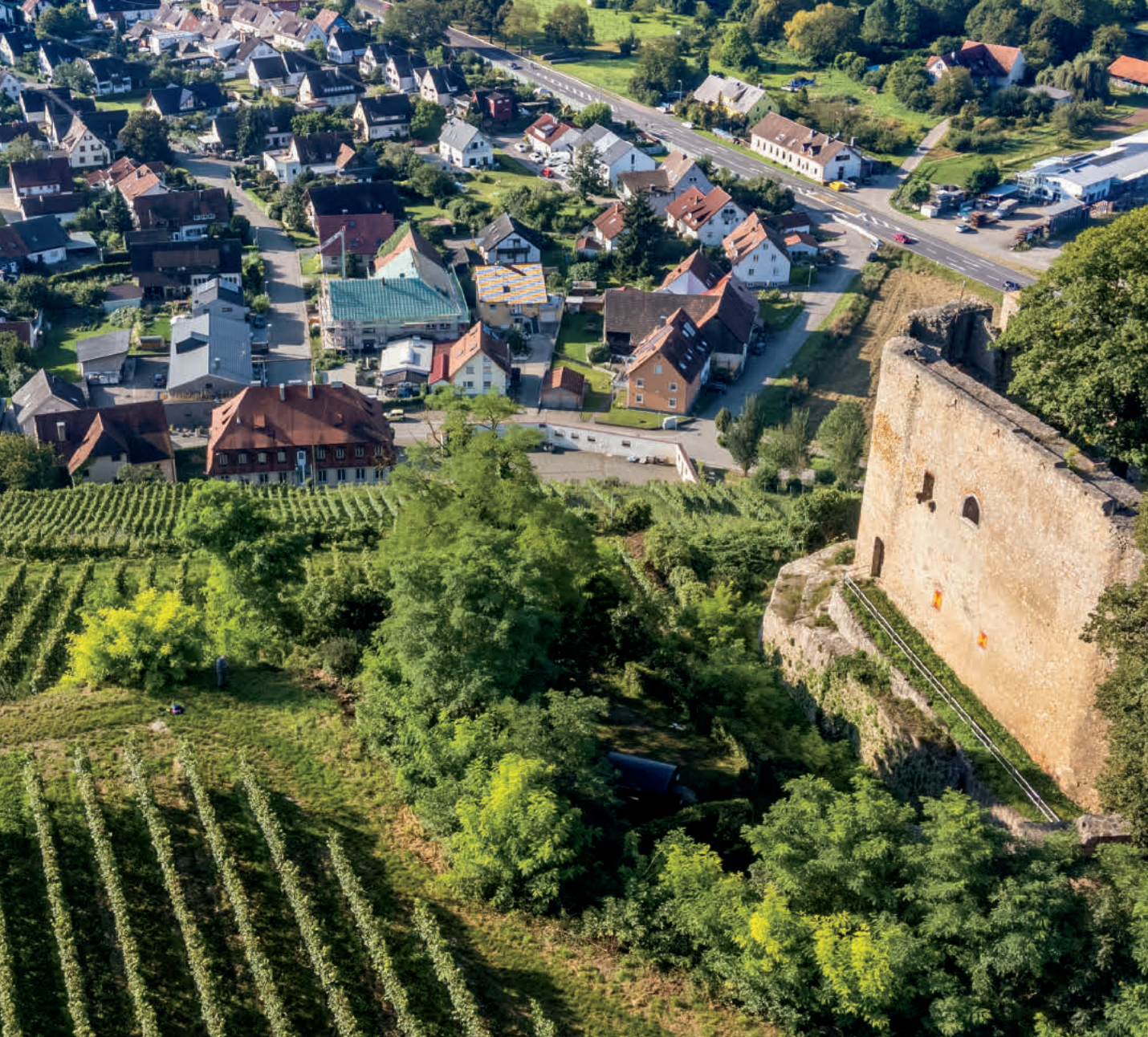Ask any German wine aficionado to name the country’s top estates and at the top of the list, sitting shoulder-to-shoulder with the likes of Keller and Egon Müller, will be Schäfer-Fröhlich. Under the guidance of Tim Fröhlich, this estate’s exotic, crystalline Rieslings have become some of the most coveted in the world, disappearing into private cellars and restaurants the moment they’re released.
Schäfer-Fröhlich’s “Schiefergestein,” then, is the very rare chance to experience the ne plus ultra of Riesling precision, perfume, and complexity. And you don’t need to break the bank to do it! This bottling, sourced from the estate’s most cherished Grand Cru site, is both a stratosphere-reaching collectible and an unbeatable value. Coming entirely from the Felseneck vineyard, the brightest star in Fröhlich’s firmament of Nahe holdings, “Schiefergestein” is a benchmark example of dry Riesling profundity. Structured as sleek as a Tom Ford suit, it’s loaded with crushed-rock minerality and high-toned tropical fruit. Just one tip: Act fast. As Fröhlich’s star continues to rise, allocations plummet!
In a quarter-century, Weingut Schäfer-Fröhlich has gone from relative obscurity to garnering accolades like “Best Winemaker in Germany” and “Best White Wine in the World.” That’s all thanks to Tim Fröhlich. He made his first vintage at the age of 21 in 1995 and assumed control of the family estate a few years later. Since then, the praise and esteem for his wines have been on an unstoppable rise. He’s maniacal in every aspect of production. Yields, especially in Grosse Lage vineyards, are kept extremely low. In the cellar, Tim does everything in his power to coax as much lithe, mineral power from his wines as possible, preferring long spontaneous fermentations and stainless steel tanks. Dry (“trocken” )Rieslings like today’s are his specialty, and while there’s always a fine veneer of fruit, it’s rocky, chiseled terroir transparency that Tim aims for, and achieves.
About that terroir: While every Grosse Lage (Germany’s equivalent to Burgundy’s Grand Crus) Schäfer-Fröhlich bottling is coveted, none are more furiously fought over than Felseneck. Collectors regularly drop triple digits on a single bottle. So let’s not tell them about “Schiefergestein,” which comes from slightly younger and earlier-harvested vines in the exact same vineyard. The name “Schiefergestein,” German for “slate stone,” belies the magic at play here. Felseneck is the sort of extreme vineyard Riesling dreams are made of, with a 60% incline, and a fine bedrock of Devonian slate overlain with quartzite. The resulting wines mimic the rigor and cut of the Mosel just to the north, while maintaining the slightly warmer Nahe’s breadth and more open fruit.
The 2020 “Schiefergestein” pours a limpid pale yellow with flecks of green and silver. Poured into an all-purpose stem at a cool 50-55 degrees, it’s a masterclass in the commingling of fruit and rocks. Just-ripe pineapple, mango skin, lime juice, white peach, and kiwi intermix with a bevy of pulverized stones, exotic, and faint petrol notes. The palate is plump yet electrifying, blasting out waves of tropical fruit bound by a throughline of churning minerality. Deeply complex and deeply refreshing, it’s genuinely hard to keep from popping now. But this is also profound, ageable stuff that’ll provide years of pleasure. Stock up, because this will be gone in the blink of an eye!
